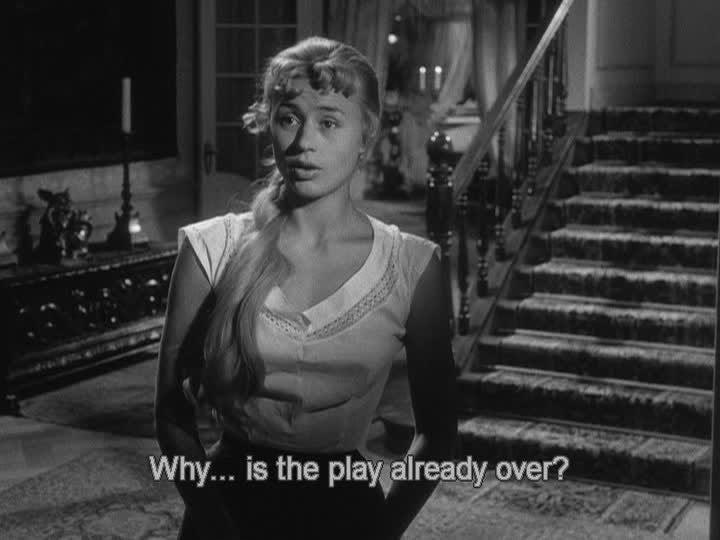Harriet Anderssen in Smiles of a Summer Night
Petra, the beautiful house servant, answers the door as the lawyer Egerman and his wife return from the play.
She smiles radiantly in asking them, surprised, if the play has already ended, and at the end of the phrase, her expression subtly transforms from the smile to something indescribably lovely. The d…


